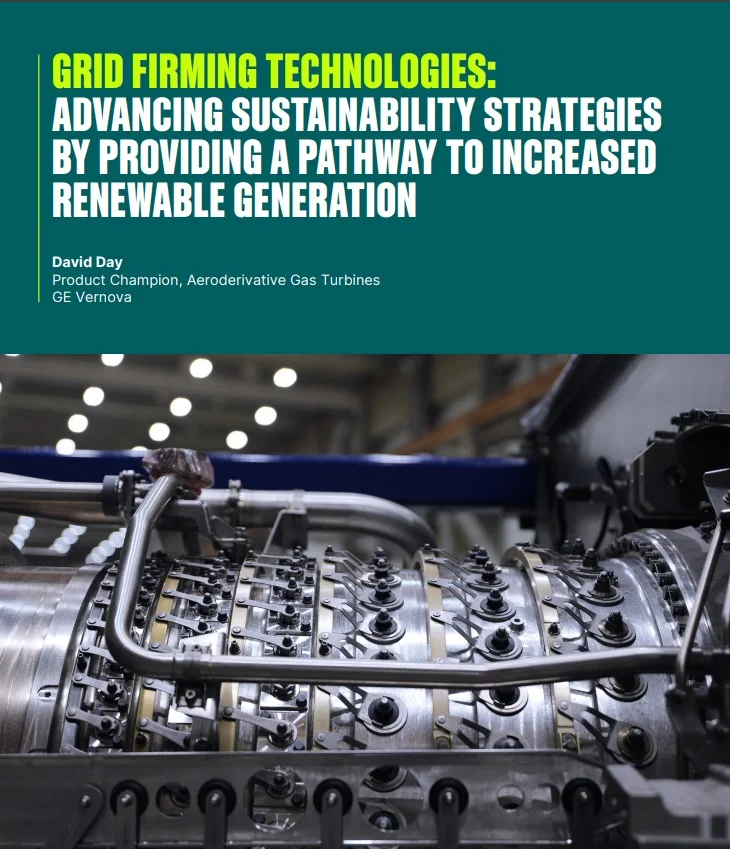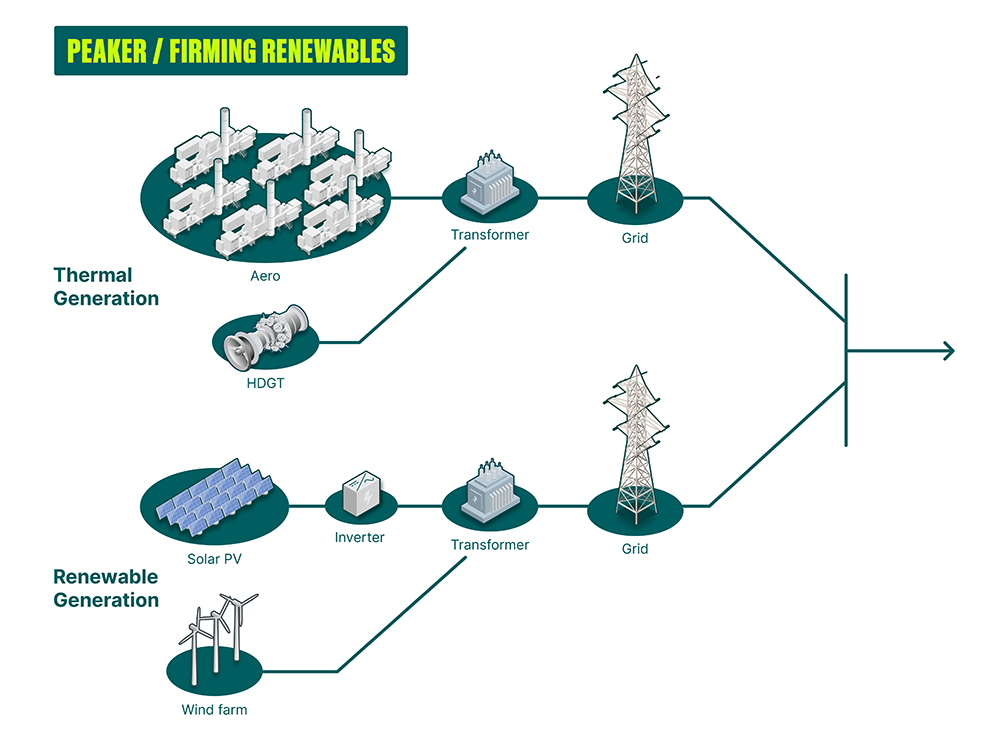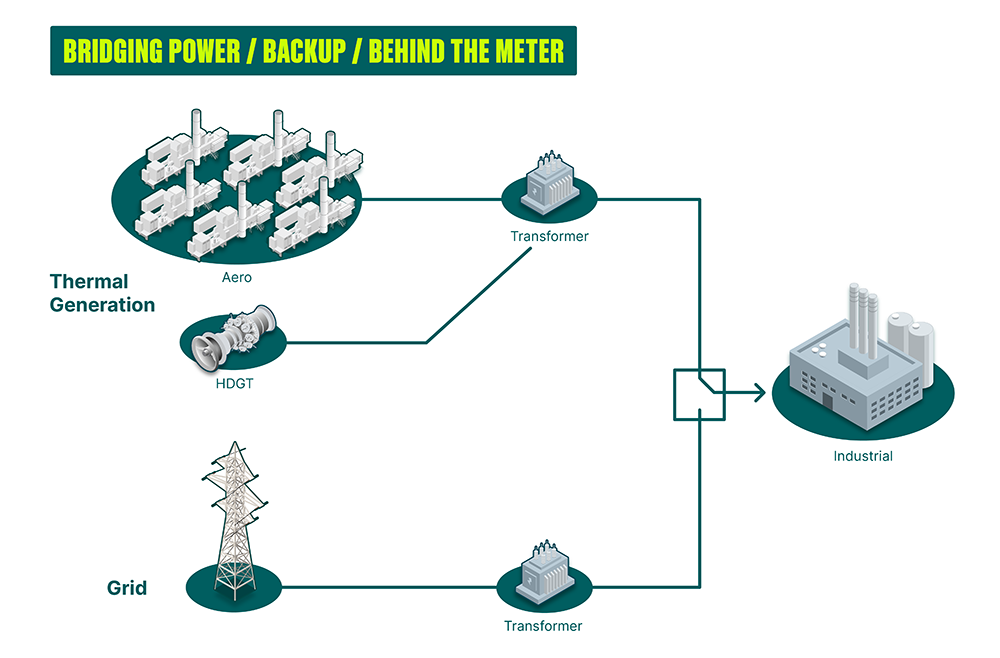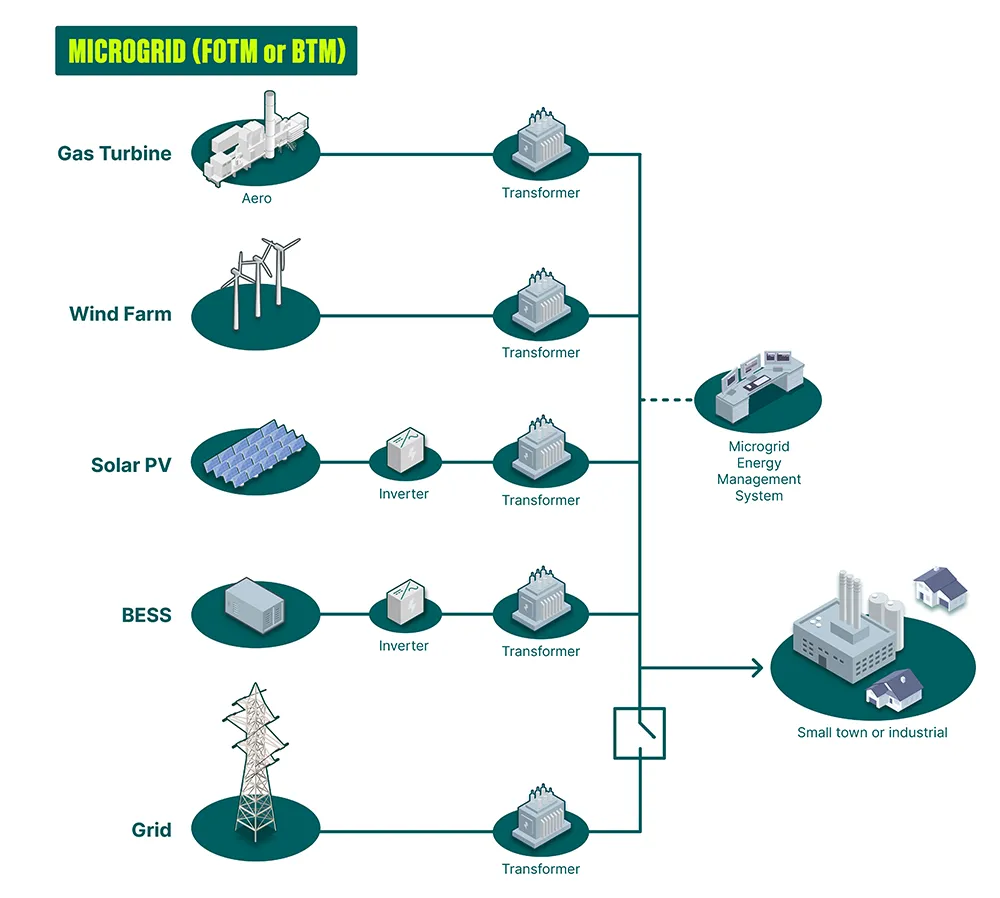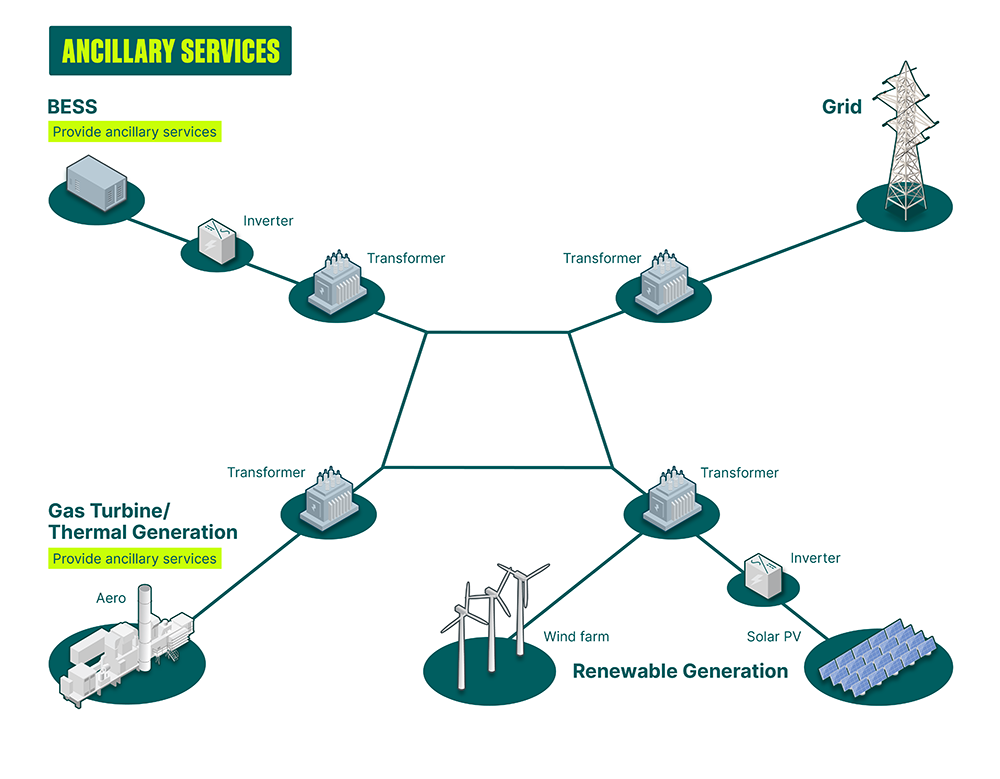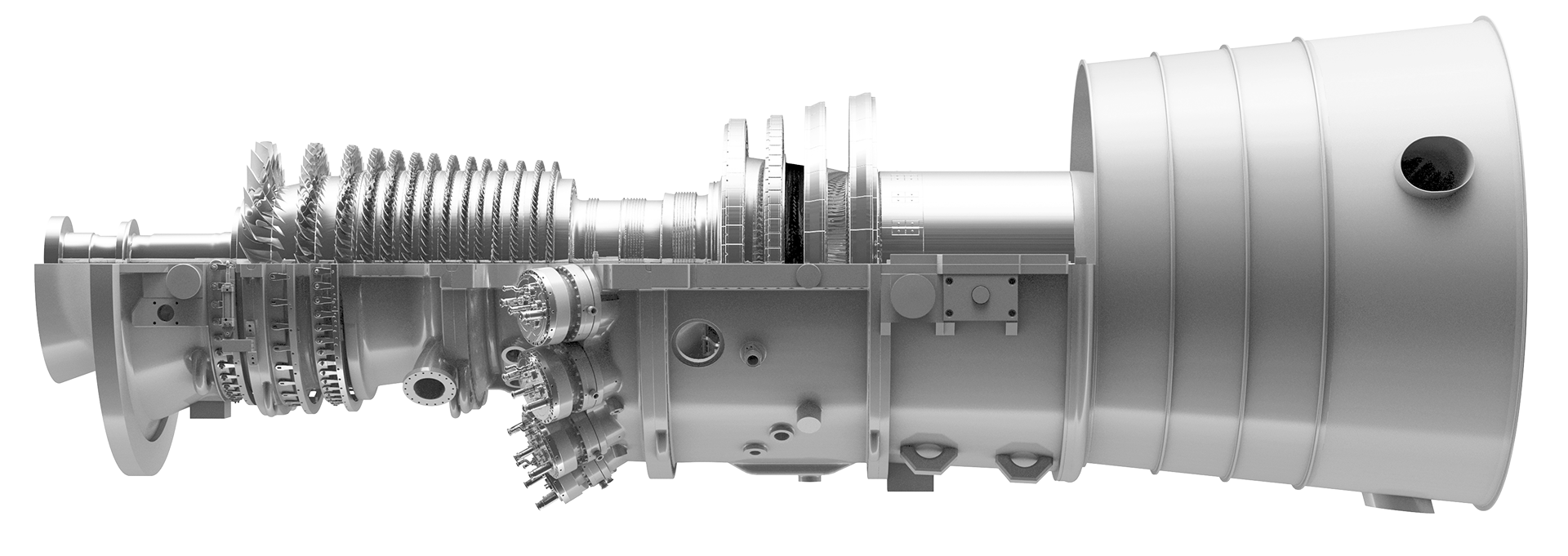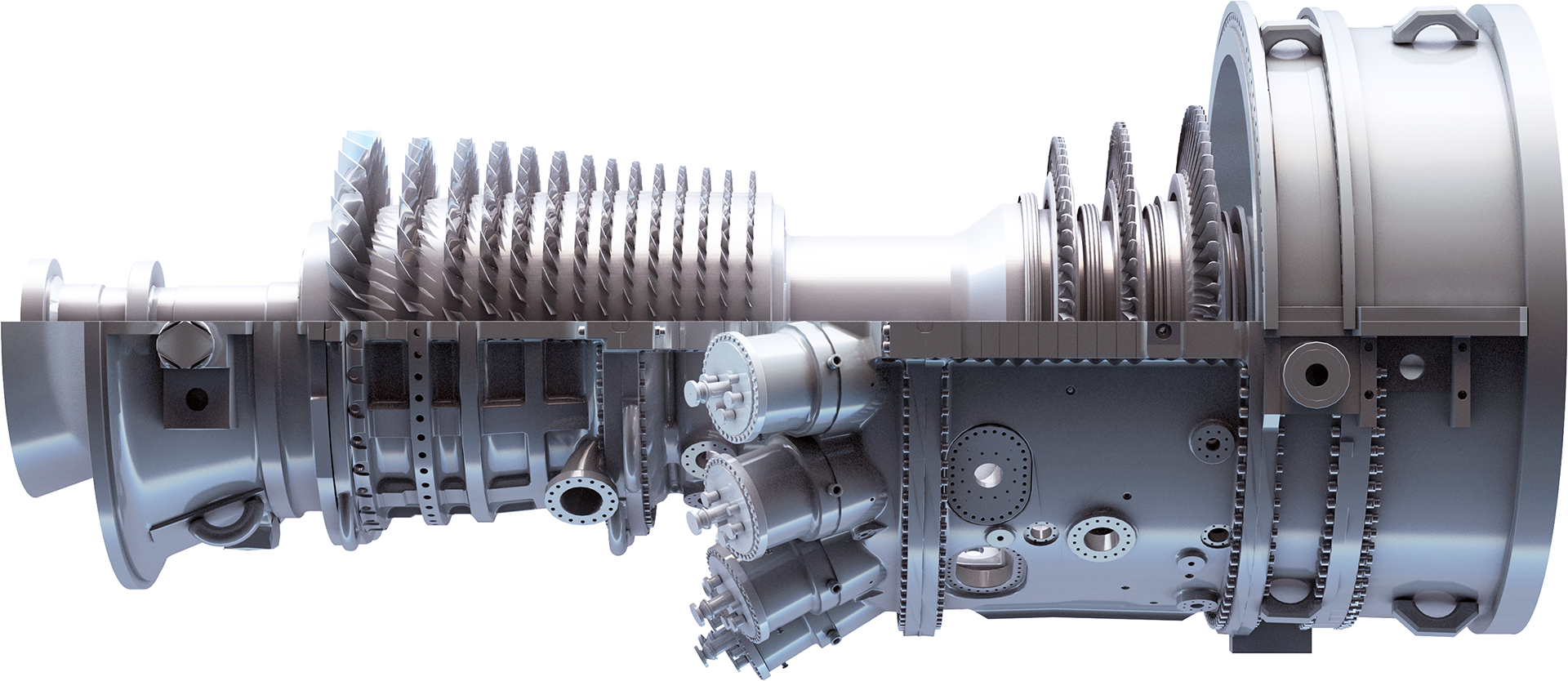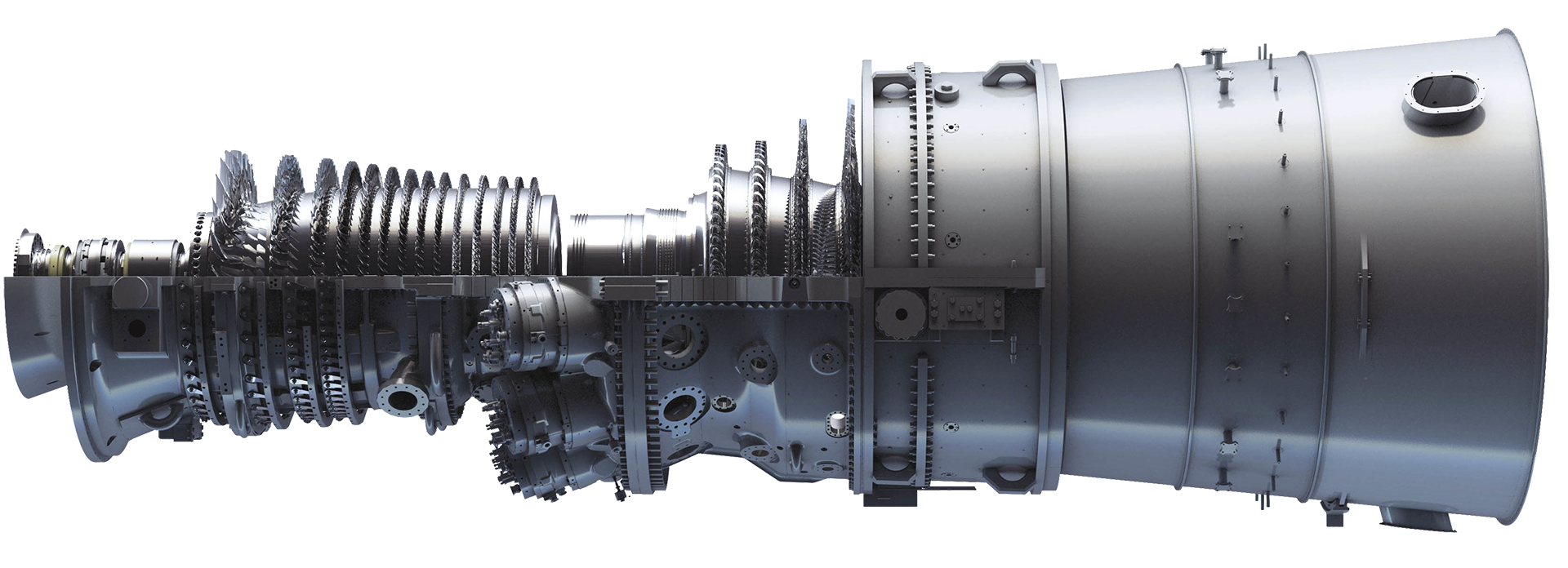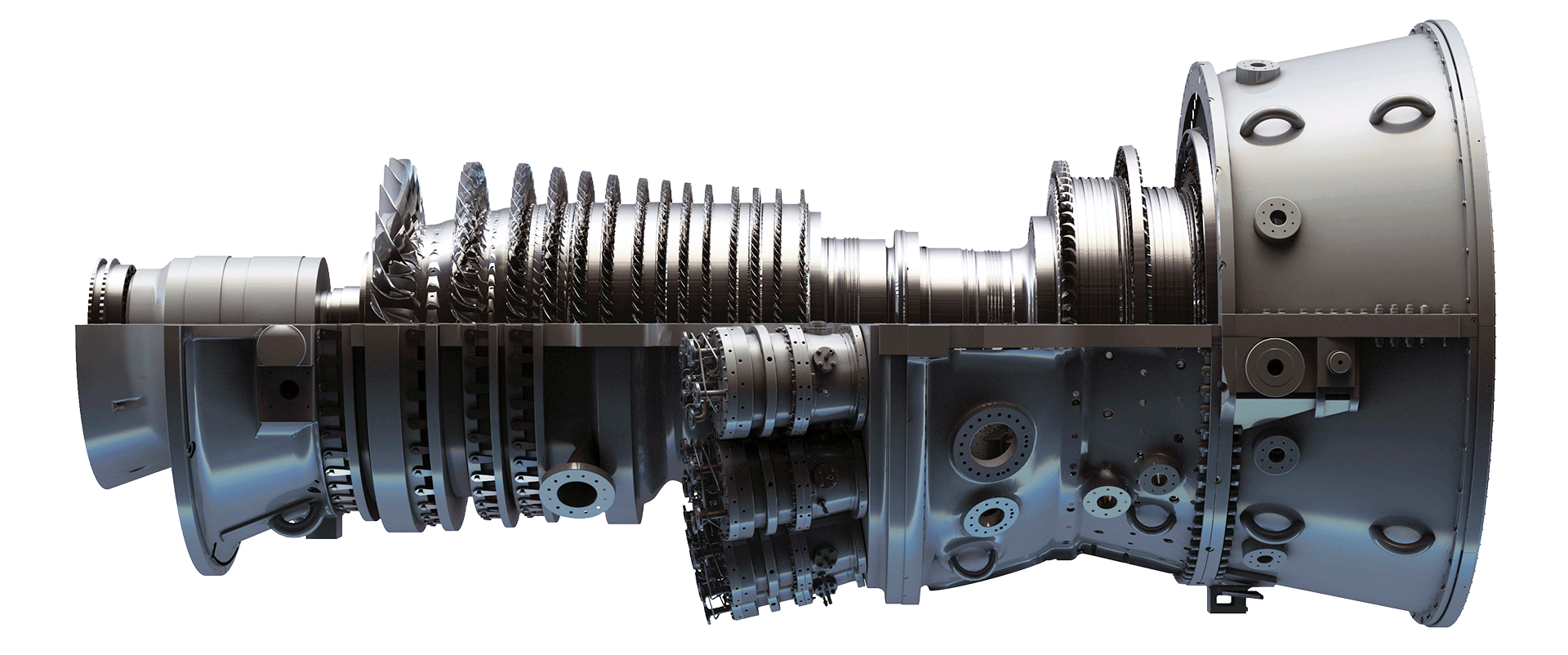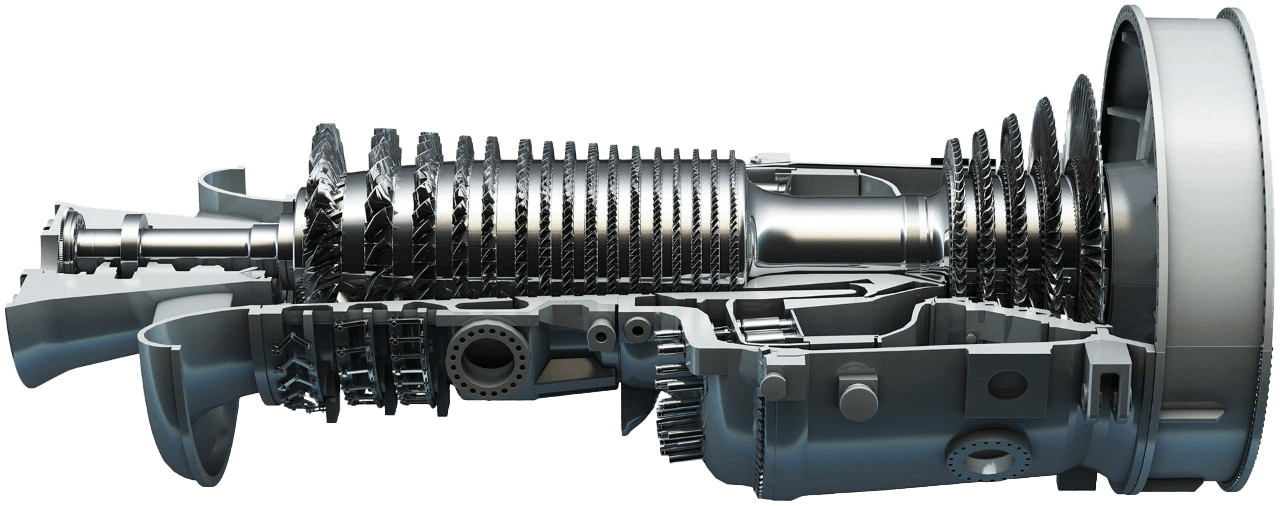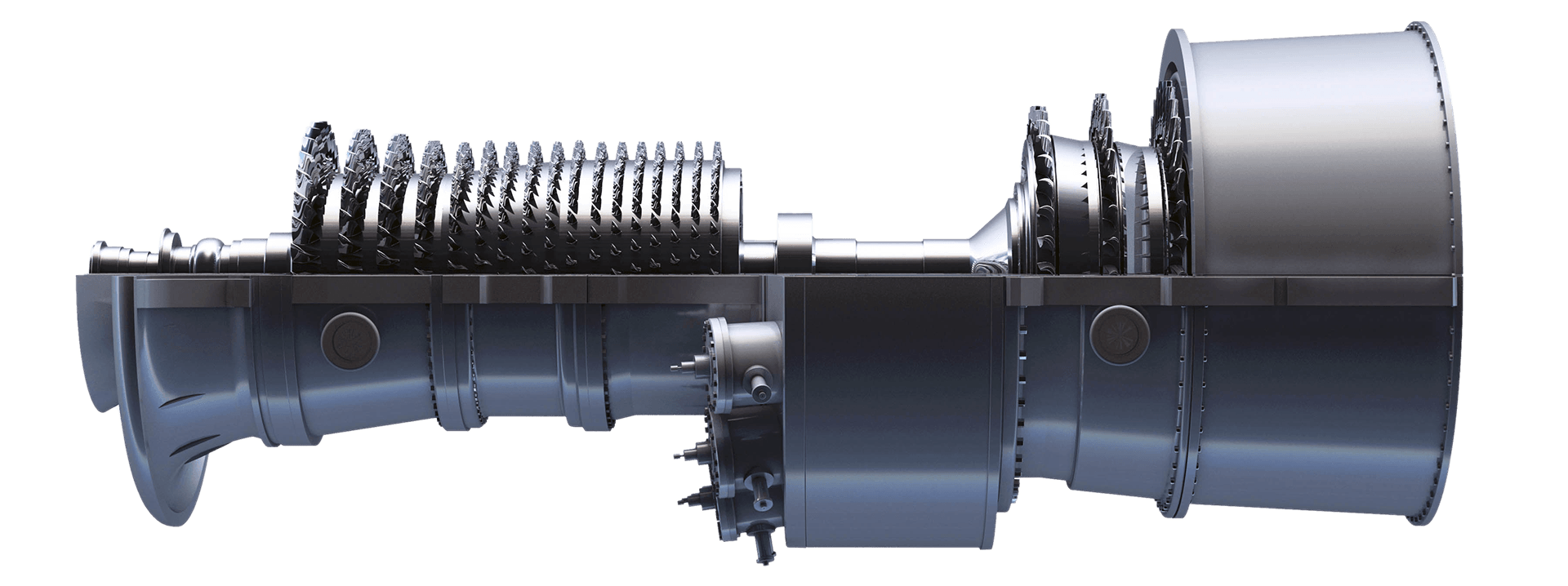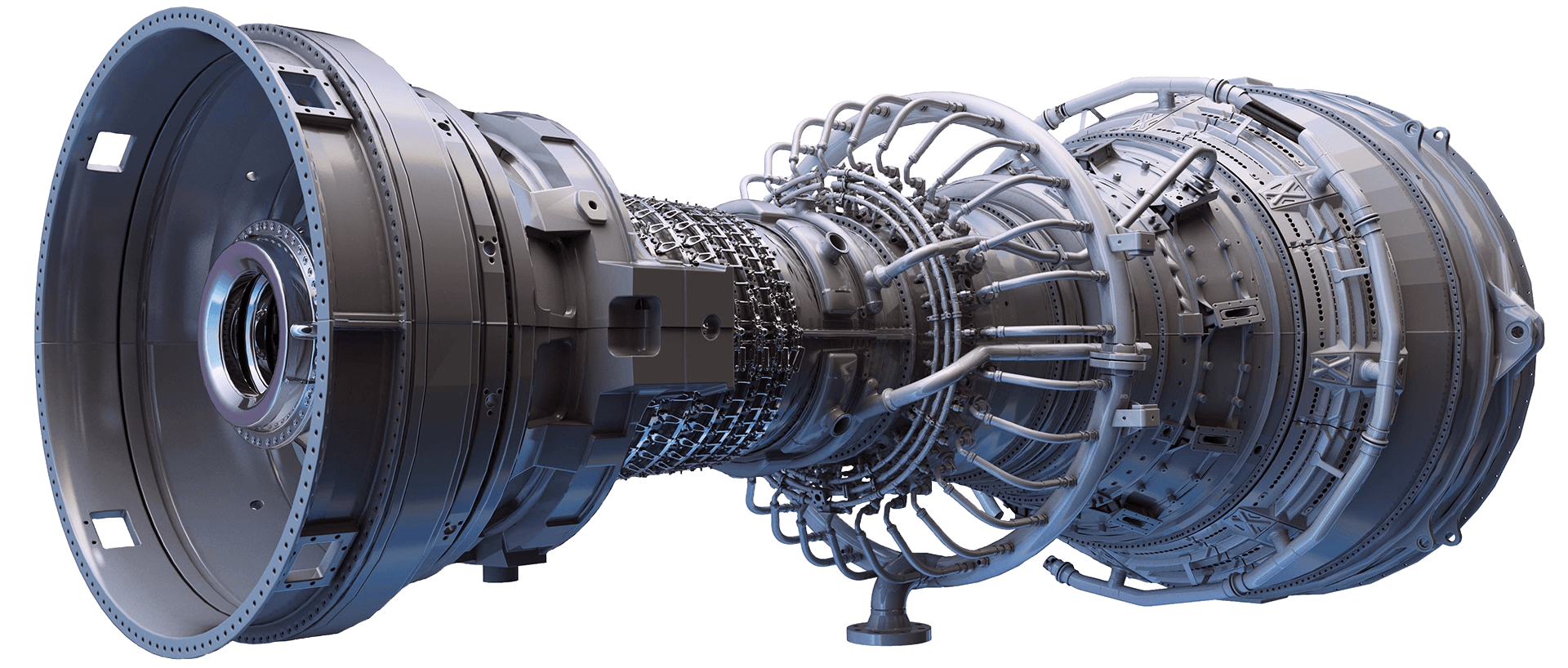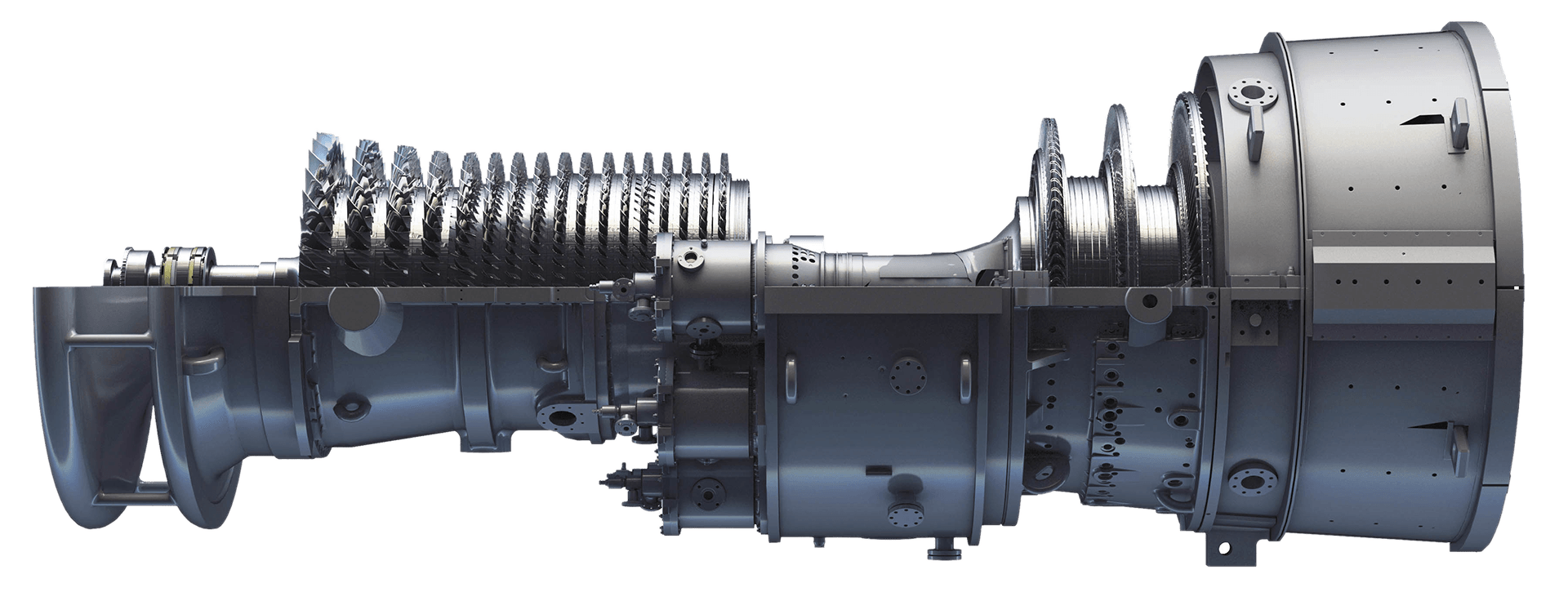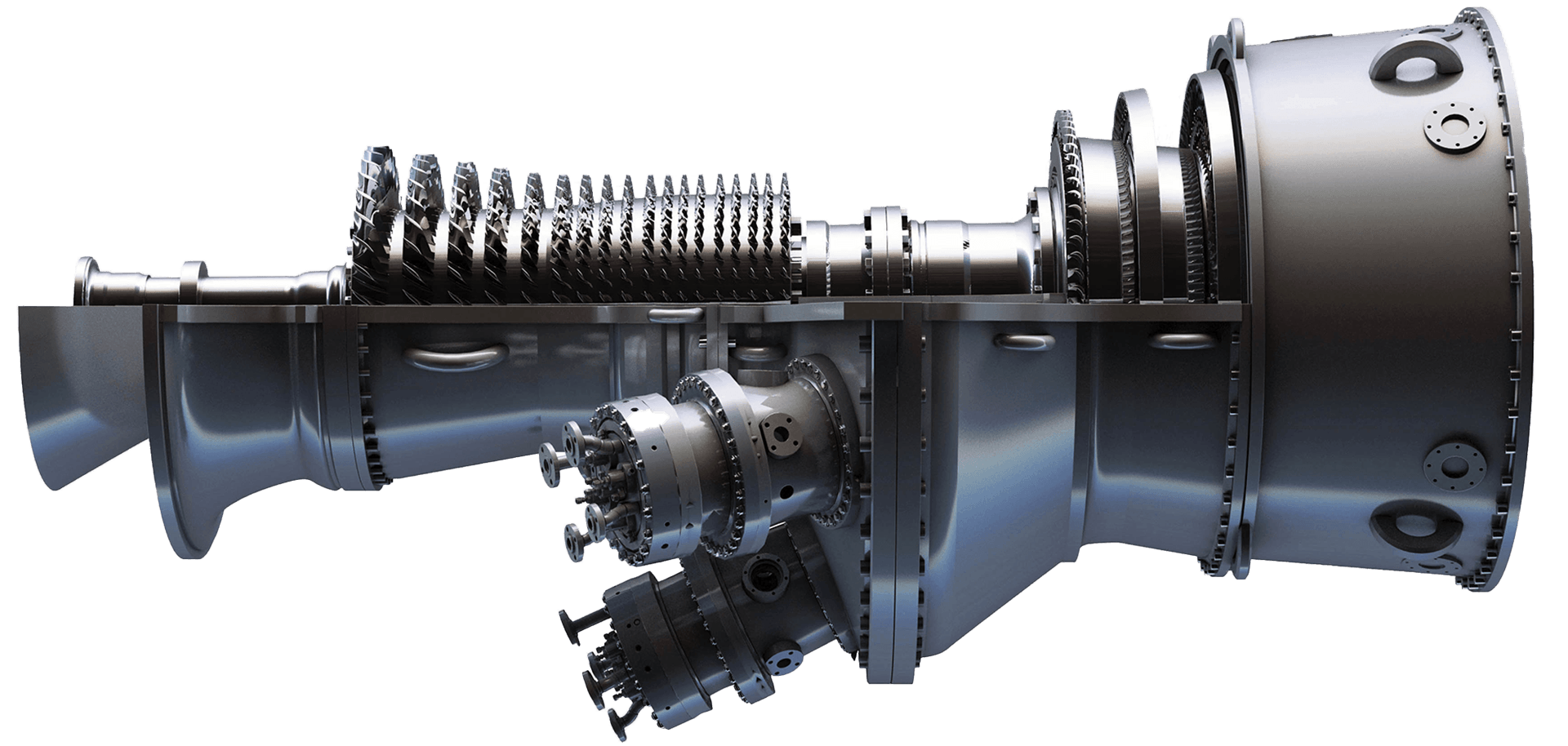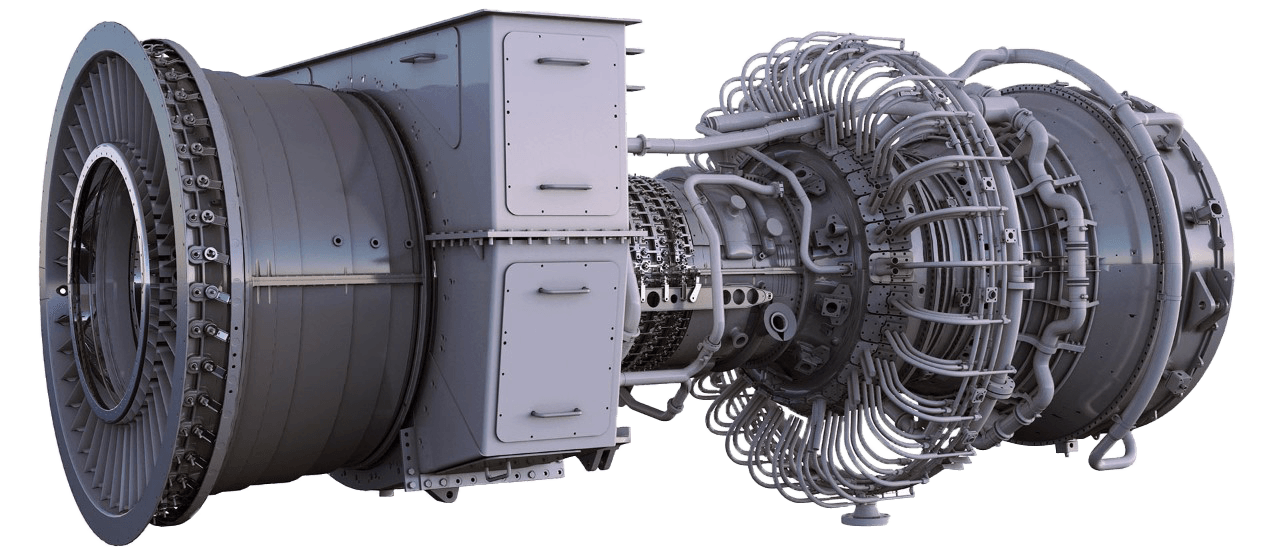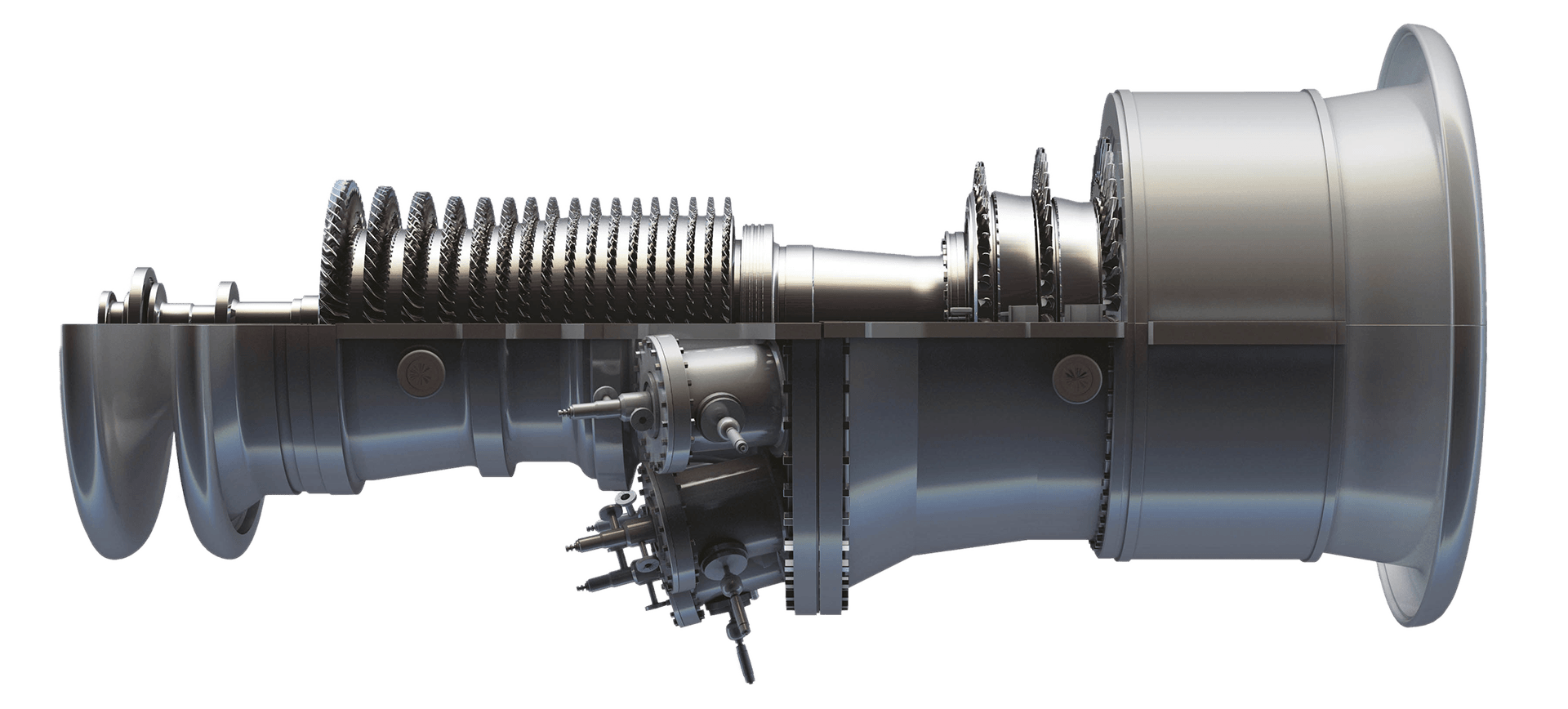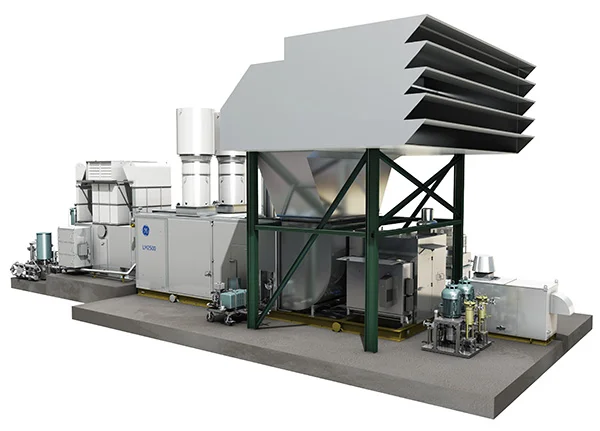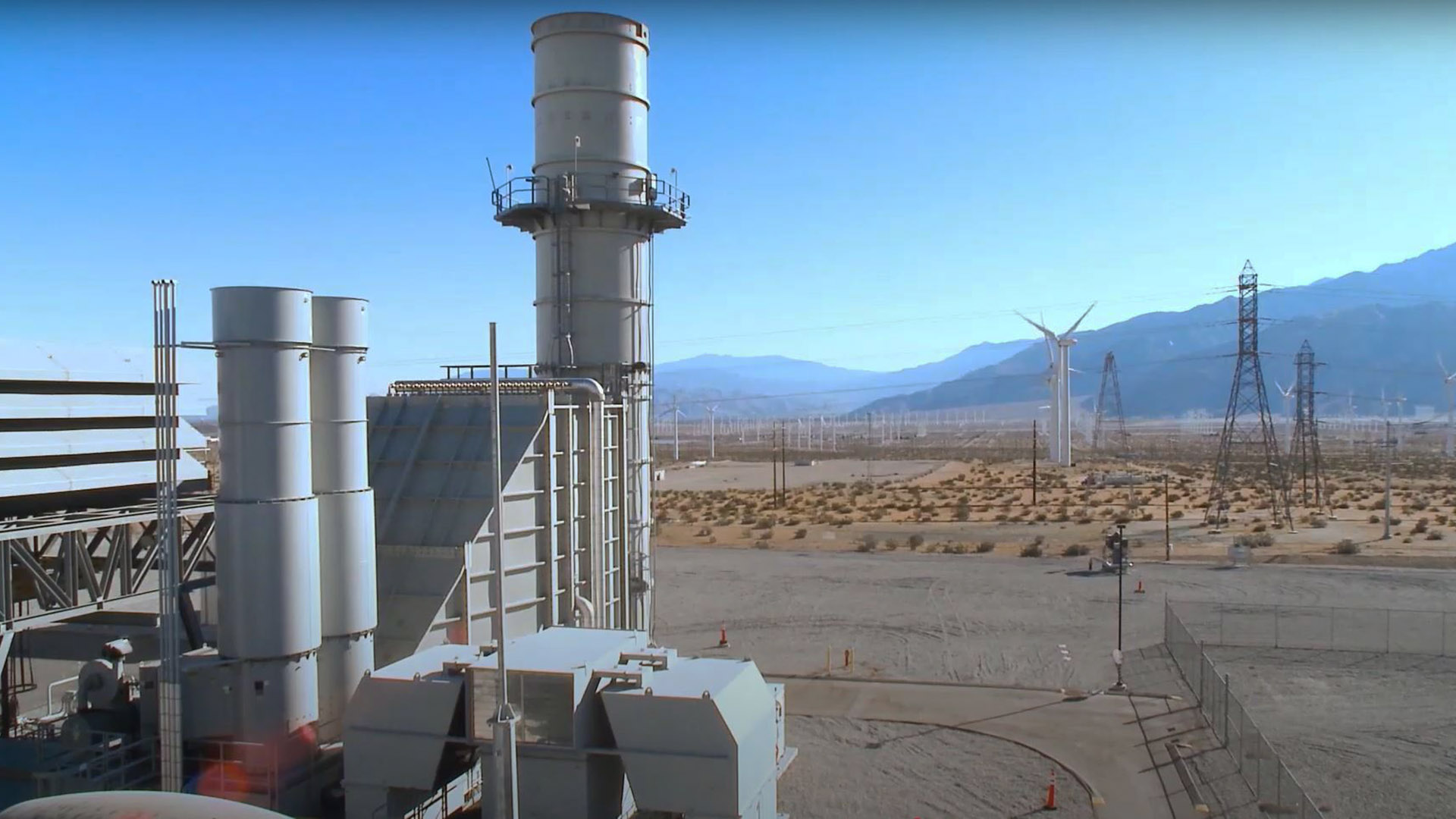A new TM2500 aeroderivative gas turbine unit will supply up to 34 MW, enough energy to power the residential consumption of between 12,000 and 18,000 customers, and may potentially help stabilize the country’s grid. Even more impressive, the installation and commissioning of the equipment was completed in only 42 days.
"The highest peak of energy consumption during summer in New Providence is 250 MW and in winter goes down to 160-170 MW. Having an additional capacity of up to 34 MW is significant for our operation and will allow us to deliver a better service to our customers and to the millions of tourists who visit us every year. On top of that, this kind of technology could enable us to respond more quickly to natural disasters like Hurricane Dorian."
K. Quincy Parker
Director of Public Relations of BPL
